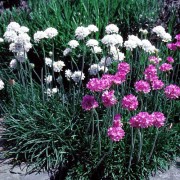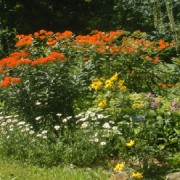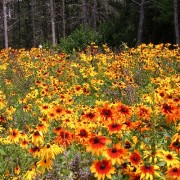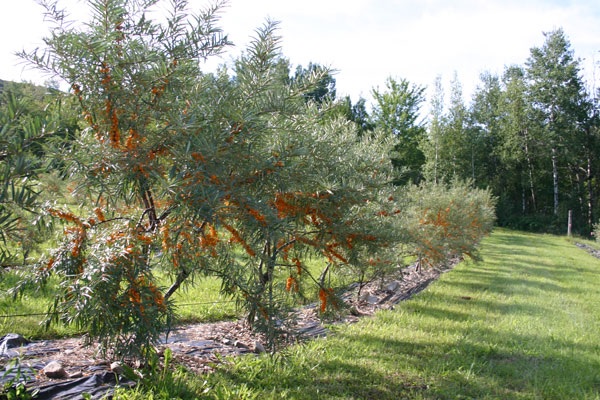Landscaping Mississauga gardens – very drought tolerant perennial flowers
If you would like your low maintenance, drought tolerant garden to show a splash of colour throughout the season, here are some examples of perennials that will charm you with colour without demanding much in return:
Sea Thrift
These small, mounded, grassy-leaved plants bear striking, rounded clusters of pink or white flowers on erect, wiry stems. Great for rock gardens and front of the border. Sea thrift tolerates poor, but well-drained (preferably sandy) soil. In fact, the plant may rot out in wet, humid conditions or in overly fertile soil. The clusters grow up to 1 foot in height and spread. It blooms from late spring to early summer.
Butterfly weed
Brightly colored, orange, pink, red and white, butterfly weed attracts many kinds of butterflies to its colorful blooms from early summer to first frost in most cases. The plant is slow to emerge in the spring, so it is important to mark its location to avoid accidental digging before new growth starts. Butterfly weed requires full sun. The clusters grow 1-8 feet high and 2-3 feet wide. This is your very low maintenance drought tolerant plant that grows well with Russian sage, coreopsis, catmint, purple Coneflower (pictured on the photo) and grasses, such as fountain grass, switch grass or northern sea oats. Butterfly weed also has some winter interest display – the seed pods turn brown over time, and add nice winter interest to the garden. However, if you let the seed pods stay over winter, you will likely end up with butterfly weed sprouting all over your garden. If that is not what you want, simply cut off the seed pods before they open.
Black-Eyed Susan
Gloriosa daisy, also known as Black-eyed Susan, Rudbeckia, or orange coneflower displays characteristic deep golden petals that radiate from chocolate centers on 2- to 4-inch-wide flowers. Plants reach 3-4 feet high and 1.5 feet wide; while some shorter varieties, such as ‘Goldilocks’ and ‘Toto’ top out at 10 inches tall. Black-eyed Susan is a superb performer for the perennial flower borders, it propagates easily from seeds, and it offers a rewarding long bloom season with a glorious display of colour ranging from solid gold, bi-colors, and doubles, depending on the variety. The Gloriosa Daisy plant is, in fact, a relative of Black-eyed Susan that typically has larger blooms with brown centers and a mahogany red color shooting into yellow outer petals. This flower will grow in most soil types that are well-drained and in sunny settings. This daisy makes a good cut flower, and the more you cut, the more blooms are produced!






